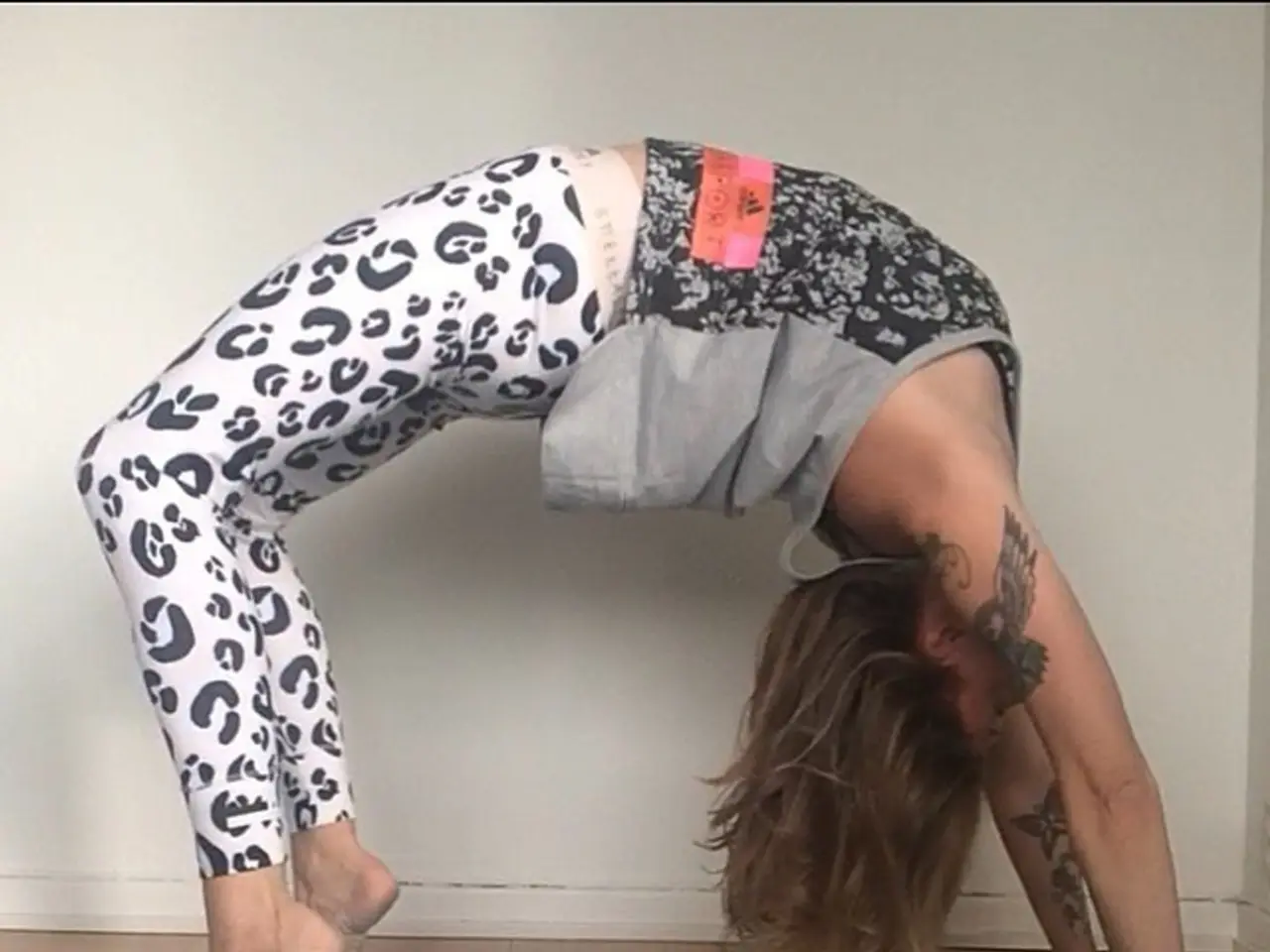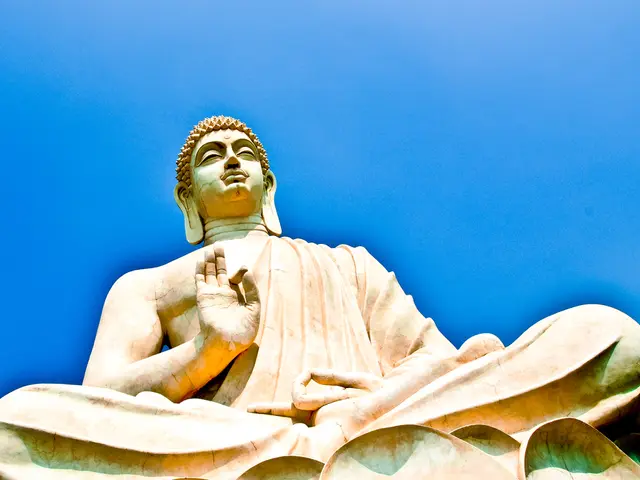Investigating Yoga's Depth: An In-depth Look at the 8 Branches of Yoga Practice
====================================================================================================
Yoga, a spiritual and philosophical system developed thousands of years ago in ancient India, offers a structured path toward self-realization and liberation. This path, known as Ashtanga Yoga, is outlined in Patanjali's Yoga Sutras and consists of eight limbs, each building upon the previous one.
The eight limbs of yoga are:
- Yama – Ethical restraints involving social conduct, including non-violence (Ahimsa), truthfulness (Satya), non-stealing (Asteya), moderation or celibacy (Brahmacharya), and non-possessiveness (Aparigraha). These cultivate compassion, integrity, and balance in relationships with others and society.
- Niyama – Personal disciplines such as cleanliness (Shaucha), contentment (Santosha), self-discipline or austerity (Tapa), self-study and reflection (Svadhyaya), and surrender to a higher power (Ishvara Pranidhana). They develop inner peace, self-awareness, and spiritual connection.
- Asana – Physical postures intended to strengthen and prepare the body for prolonged meditation, promoting health and steadiness.
- Pranayama – Breath control practices to regulate and enhance vital energy (prana), supporting concentration and calming the mind.
- Pratyahara – Withdrawal of the senses from external stimuli, turning attention inward to reduce distractions.
- Dharana – Concentration on a single object or point, cultivating focused attention.
- Dhyana – Sustained meditation, a continuous flow of concentration without interruption.
- Samadhi – The state of spiritual absorption or enlightenment, where one experiences union with the ultimate reality and freedom from mental fluctuations.
These limbs are traditionally divided into Bahiranga (external) limbs—Yama, Niyama, Asana, Pranayama—which prepare the practitioner ethically and physically; and Antaranga (internal) limbs—Pratyahara, Dharana, Dhyana, Samadhi—that guide deeper internal awareness and spiritual realization.
Our trainings at the platform are built around this holistic approach, not just to prepare instructors, but to support lasting transformation. Understanding these limbs can radically change how you approach your yoga journey, shifting the focus from performance to presence, from external goals to internal evolution.
The Yoga Sutras, a foundational text, were codified by the sage Patanjali around 200 BCE. Many everyday practitioners remain unaware of this transformative roadmap. Studying the limbs of yoga explained in the Sutras can deepen your practice on every level - ethical, emotional, mental, and spiritual.
The eight limbs provide a holistic path beyond just physical yoga postures, fostering self-discipline, ethical living, mindfulness, and inner transformation. This framework helps practitioners progress from living authentically and harmoniously in the world to attaining profound states of meditation and spiritual liberation.
[1] DeMichelis, D. (2014). The Yoga Sutras of Patanjali. New York: Oxford University Press.
[2] Iyengar, B. K. S. (2002). Light on the Yoga Sutras of Patanjali. New York: Crossroad Publishing Company.
[4] Feuerstein, G. (2011). The Yoga Sutras of Patanjali. Rochester, VT: Inner Traditions.
[5] Miller, P. (2017). The Yoga Sutras of Patanjali: A New Translation and Commentary. Boston: Shambhala Publications.
- Pursuing a yoga teacher training program can provide an opportunity to delve deeper into the science of yoga, understanding the movement of physical postures (Asana) as part of a broader health-and-wellness and fitness-and-exercise system.
- As the mental-health aspect of yoga unfolds, students might find that practicing alongside the ethical restraints (Yama) and personal disciplines (Niyama) can foster mental stability, promoting a balanced approach to life, both personally and professionally.
- Exploring the eight limbs of yoga and embracing the study of the Yoga Sutras—as found in works like those by DeMichelis, Iyengar, Feuerstein, and Miller—can serve as a guiding roadmap, supporting not just the teaching of yoga but also guiding individuals on a path of self-realization, resulting in a wider perspective on life and a connection with their inner self.





